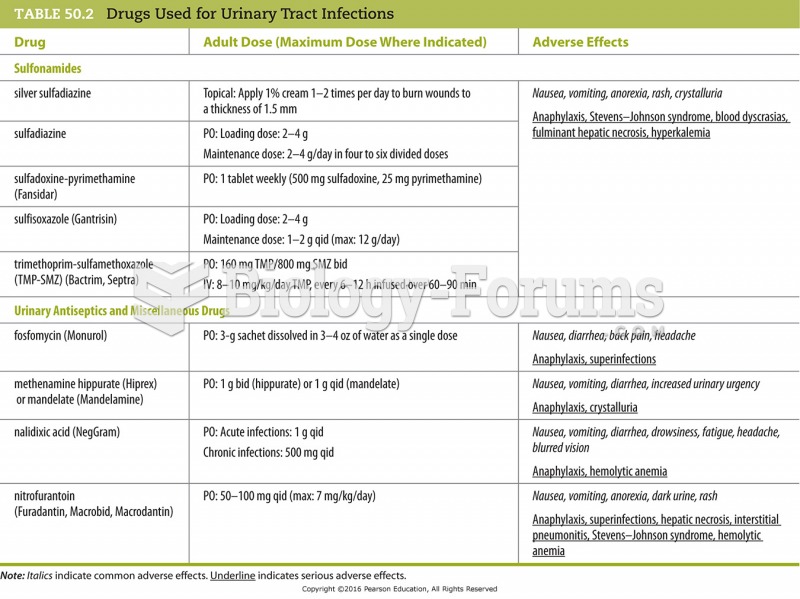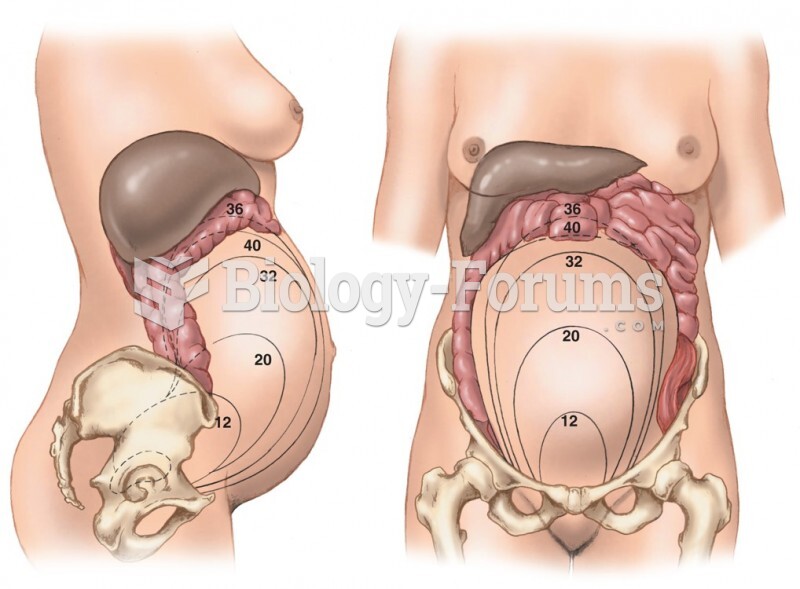Answer to Question 1
Correct Answer: 2
Rationale: Urinary screening is routinely performed by the 16th week of pregnancy. Discovery of high levels of bacteria in the urine is an indication for antimicrobial therapy, even if the client is asymptomatic at the time of testing. A follow-up culture is performed 1 to 2 weeks after therapy is completed. Continued asymptomatic bacteriuria is predictive of symptomatic UTI later in pregnancy.
Global Rationale: Discovery of high levels of bacteria in the urine is an indication for antimicrobial therapy, even if the patient is asymptomatic at the time of testing. A follow-up culture is performed 1 to 2 weeks after therapy is completed. Continued asymptomatic bacteriuria is predictive of symptomatic UTI later in pregnancy. Therapy for asymptomatic bacteriuria is continued until cultures are negative, or until delivery.
Answer to Question 2
Correct Answer: 1
Rationale 1: Even though the client is asymptomatic, she is treated to prevent the baby from being born with a below-normal weight.
Rationale 2: The medication is probably safe to use and will not harm the baby, but this does not answer the client's question of why she must take the medication.
Rationale 3: This client likely has asymptomatic bacteriuria, which is not uncommon in pregnancy. The client is not denying symptoms.
Rationale 4: This medication is intended to prevent the progression of the bacteriuria to the kidneys, preterm labor, or giving birth to a low-birth-weight baby.
Global Rationale: During pregnancy, the enlarging uterus creates pressure on the urinary bladder, which increases the size of the ureters and promotes urinary stasis and reflux. UTIs in pregnant women are a risk factor for prematurity and newborn low birth weight. The nurse should be prepared to answer the patient's questions and should not imply the patient is denying symptoms. There is no indication that treating bacteriuria in the mother will prevent kidney damage in the infant.







